Marine tourism is an important industry in the overall marine economy of Vietnam, not only contributing greatly to the national GDP, but also creating jobs for a large number of workers, including professional workers in the tourism industry and indirect social workers.
Vietnam has a coastline of 3,260km along the length of the country, with an average of 1km of coastline for every 100km2 of land and 4km2 of territorial waters for every 1km2 of land. Vietnam's 28 coastal provinces and cities account for 41.3% of the country's total area, and are home to 49.2% of the total population, with a population density higher than the national average. This is also an area with many large urban areas, densely populated, rich in natural resources and diverse cultural resources.
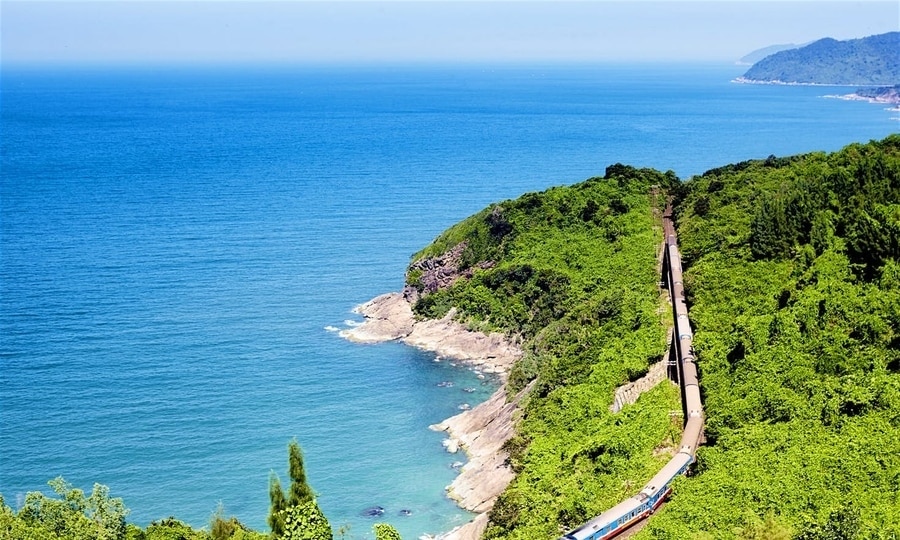
Vietnam has a coastline of 3,260km along the length of the country. Photo: Internet
In the list of 156 countries with sea, Vietnam is ranked 27th and is the country with the largest coastal area in Southeast Asia. Along with Ha Long Bay and Nha Trang Bay, Vietnam is considered one of the 12 countries with the most beautiful bays in the world .
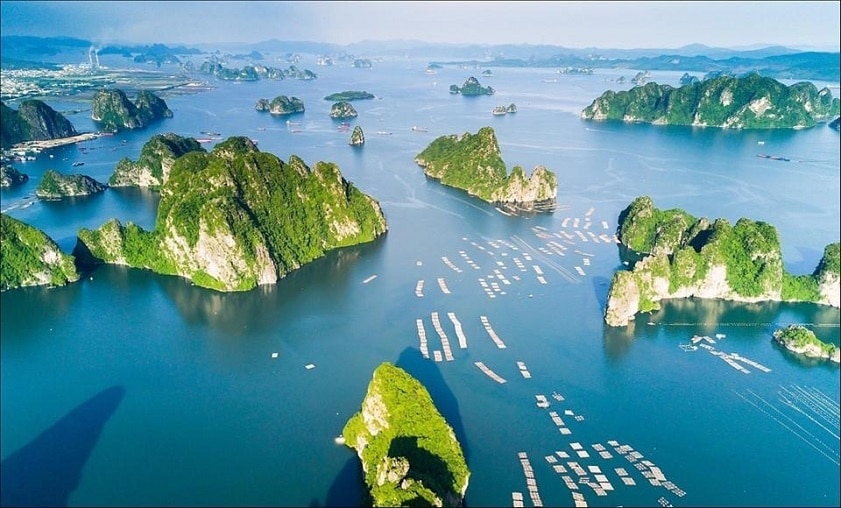
50% of tourists worldwide choose island destinations, which are also the "magnet" that attracts up to 70% of total Vietnamese tourists. Photo: Internet
Deputy Minister of Culture, Sports and Tourism Doan Van Viet said that Vietnam is one of the countries that is assessed to have a lot of potential and strengths to develop sea and island tourism. Many locations in Vietnam are voted in the list of the most beautiful and attractive beaches on the planet. Sea and island tourism activities have accounted for about 70% of Vietnam's tourism industry. In the period 2010 - 2019, the number of visitors to coastal localities increased faster than the average growth rate of the whole country with 13.6% per year for international visitors and 12.3% for domestic visitors. In 2019, there were over 34 million international visitors and 145.6 million domestic visitors, bringing in total tourism revenue of 508 trillion VND, accounting for about 67.3% of the whole country. Thereby, in recent years, Vietnam's sea tourism has developed rapidly, becoming one of the most strongly developing types of tourism, contributing to raising the country's tourism brand in the international market.
According to the World Tourism Organization, 50% of tourists worldwide choose island destinations. In fact, this is also the "magnet" that attracts up to 70% of the total number of tourists to Vietnam...
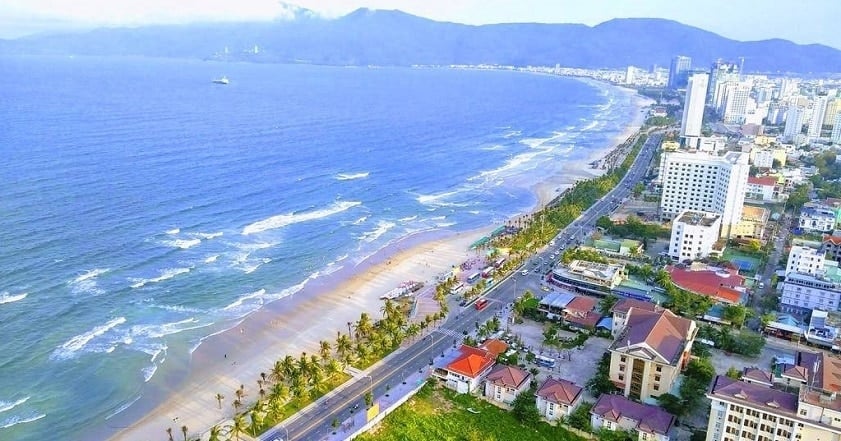
The beautiful beauty of My Khe beach. Photo: Internet
Associate Professor, Dr. Pham Hong Long, Head of the Department of Tourism Studies, University of Social Sciences and Humanities (Vietnam National University, Hanoi) shared: It is not by chance that the Vietnam Tourism Development Strategy to 2025, with a vision to 2030, orients that sea and island tourism is one of the four main product lines of Vietnam tourism. Developing sea and island tourism is the gold mine of the green economy.
From the perspective of tourism services business, businessman Pham Ha, Chairman of the Board of Directors of Lux Group, said that according to statistics, over 70% of international visitors choose to travel to islands; 28 coastal provinces and cities contribute 71.5% of total tourism revenue.
This year, Quang Ngai province aims to develop tourism in a sustainable direction, with sea and island tourism as the spearhead. Coming to Ly Son this time, in addition to the unique natural scenery with pristine, majestic sea, islands and volcanoes, tourists have the opportunity to explore the unique cultural treasures preserved by the islanders for hundreds of years. A destination in Duc Pho town, located in the southernmost part of Quang Ngai province, is attracting tourists, namely Sa Huynh. This place has a beautiful long coastline, the rustic life of the indigenous people, and delicious seafood dishes...
Most recently, the Phan Thiet - Dau Giay and Vinh Hao - Phan Thiet expressways have been opened to traffic, connecting nearly 150 km through Binh Thuan. It can be said that opportunities are opening up for the "smokeless industry" here, especially the strength of sea and island tourism (192 km of coastline and many islands and islets). Along with the climate of little rain, lots of sunshine and wind, local tourism has the conditions to develop recreational sports on the sea such as windsurfing, kite surfing, SUP or scuba diving to see corals... Recently, Binh Thuan tourism has also attracted tourists from everywhere with 2 new "stars": Phu Quy (Phu Quy island district) and Cu Lao Cau (Tuy Phong district).
In the North, blessed by nature with many advantages in natural landscapes and unique island terrain, Van Don district has identified tourism as a driving force to strongly promote the development of other industries and fields. Currently, the organization of space for developing tourism products in Bai Tu Long Bay - Van Don has been clearly defined and formed typical island tourism products by region: Cai Bau Island Tourism Area (accommodation and coastal service tourism area including Ha Long, Van Yen, Binh Dan, Doan Ket, Dai Xuyen, Dong Xa communes and Cai Rong town) and Island Tourism Area (communes of Ngoc Vung, Quan Lan, Minh Chau, Ban Sen, Thang Loi; Bai Tu Long National Park, Bai Tu Long Bay)...
The Central Resolution dated October 22, 2018 on the Strategy for sustainable development of Vietnam's marine economy to 2030, with a vision to 2045, determined to "turn Vietnam into a strong marine nation; basically achieve the criteria for sustainable development of the marine economy" and "successfully develop and make breakthroughs in marine economic sectors", in which tourism and marine services are top priorities.
Therefore, to attract tourists and develop sea and island tourism, Director of the Vietnam Institute for Tourism Development Research Nguyen Anh Tuan said that localities need to have support policies, create favorable conditions for cooperation, encourage shipping lines to set up itineraries to Vietnam; increase investment and build transport infrastructure for tourist attractions, and create favorable conditions for regional connectivity.
In addition, it is necessary to increase investment in infrastructure development, especially tourist ports; develop diverse products in both type and quality to meet the needs of different markets. In particular, it is necessary to focus on environmental protection and allocate adequate budget for environmental protection, conservation and restoration of resources, and pay due attention to the issue of capacity assessment and management of tourism capacity./.
Yanjiang








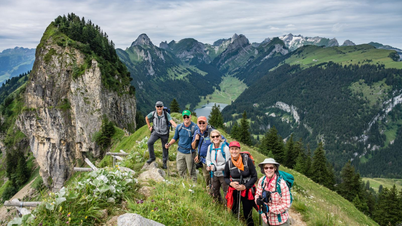



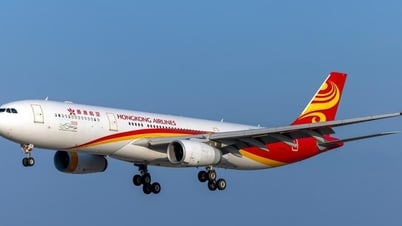

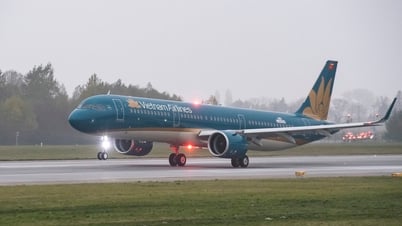
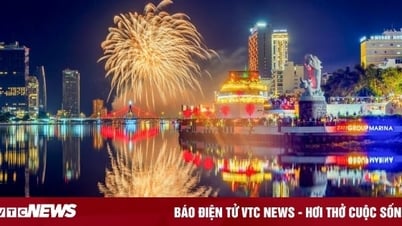





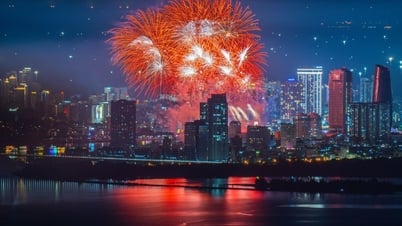
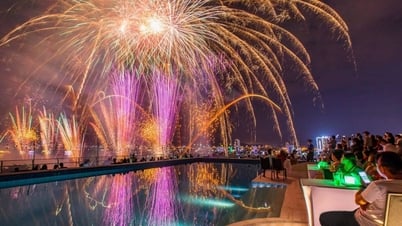
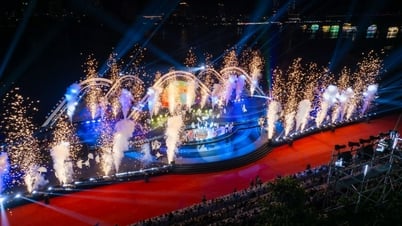


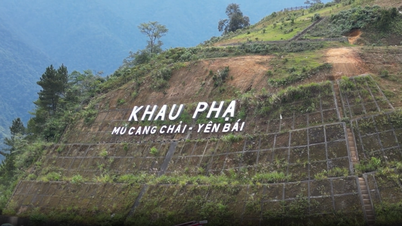














































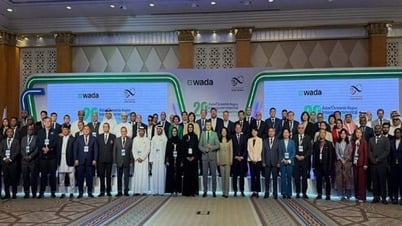



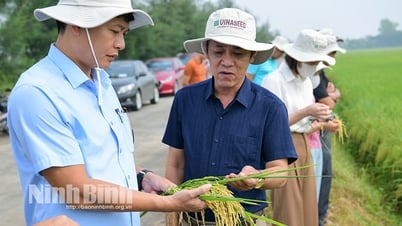

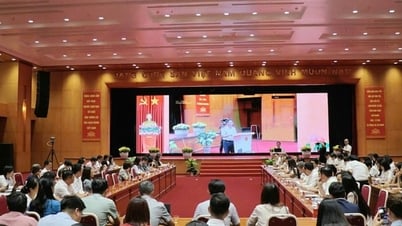

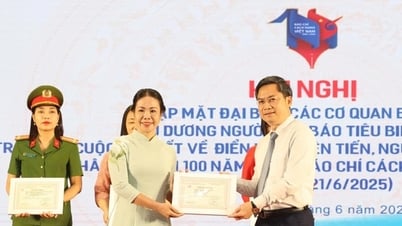












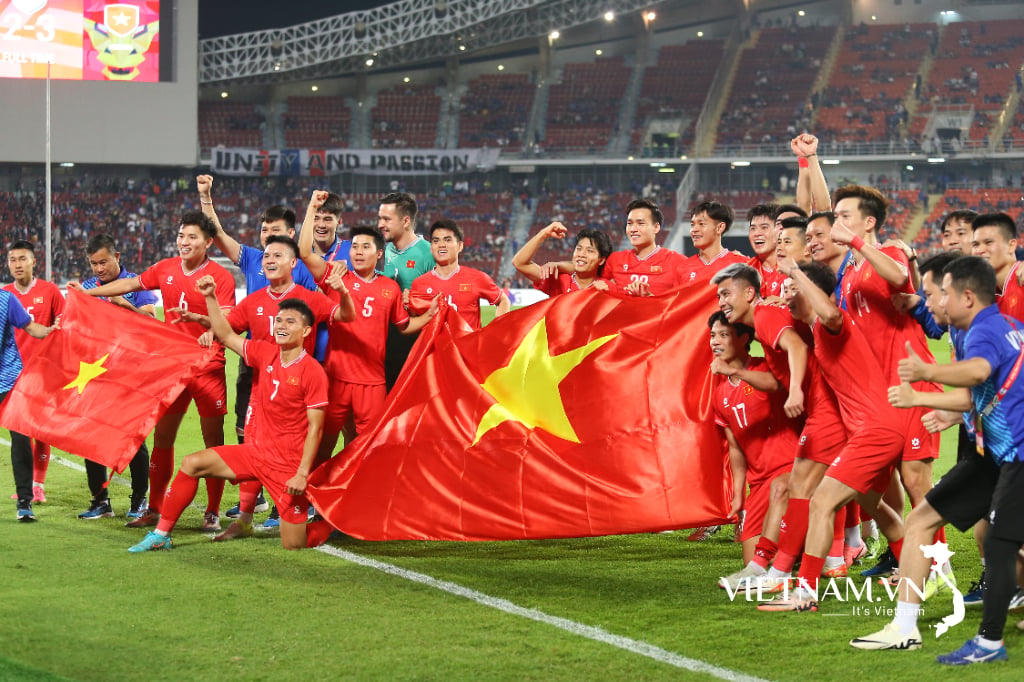

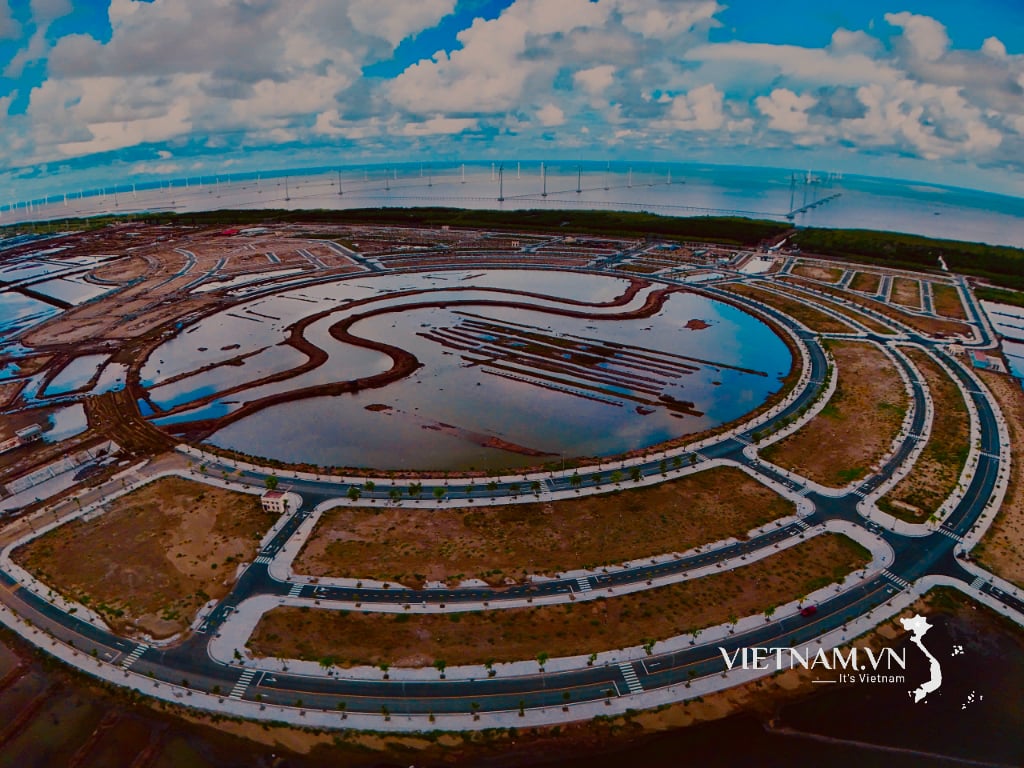

Comment (0)